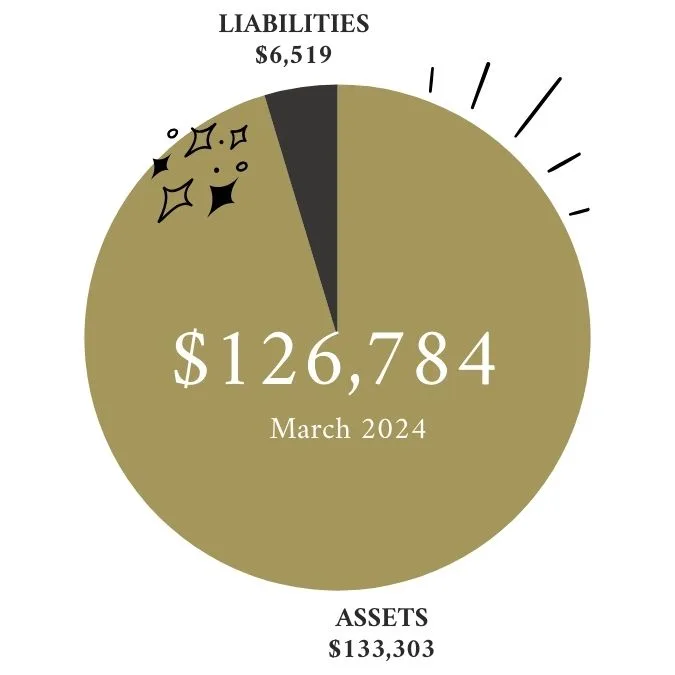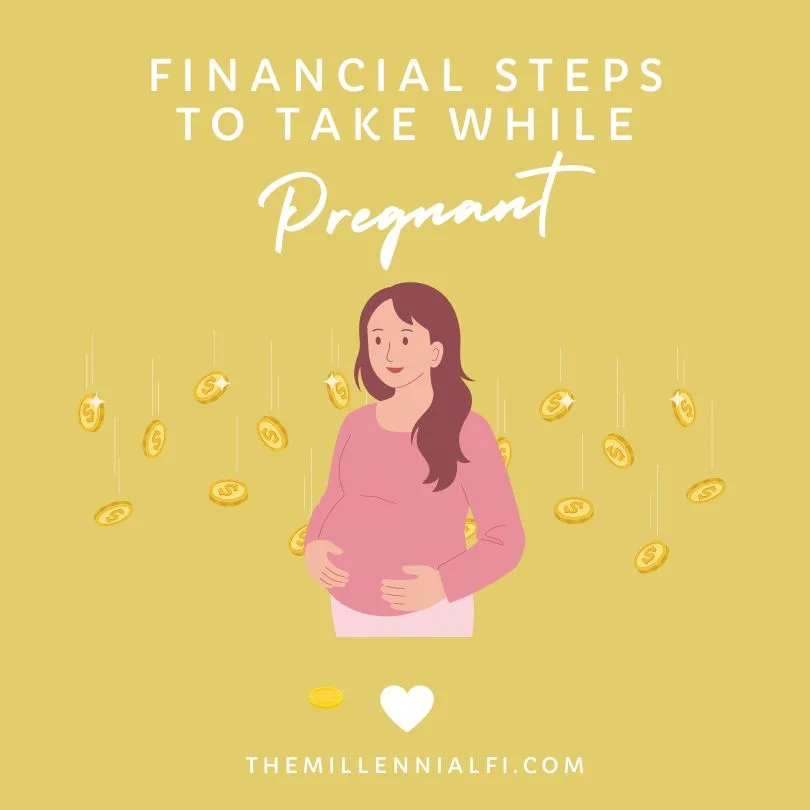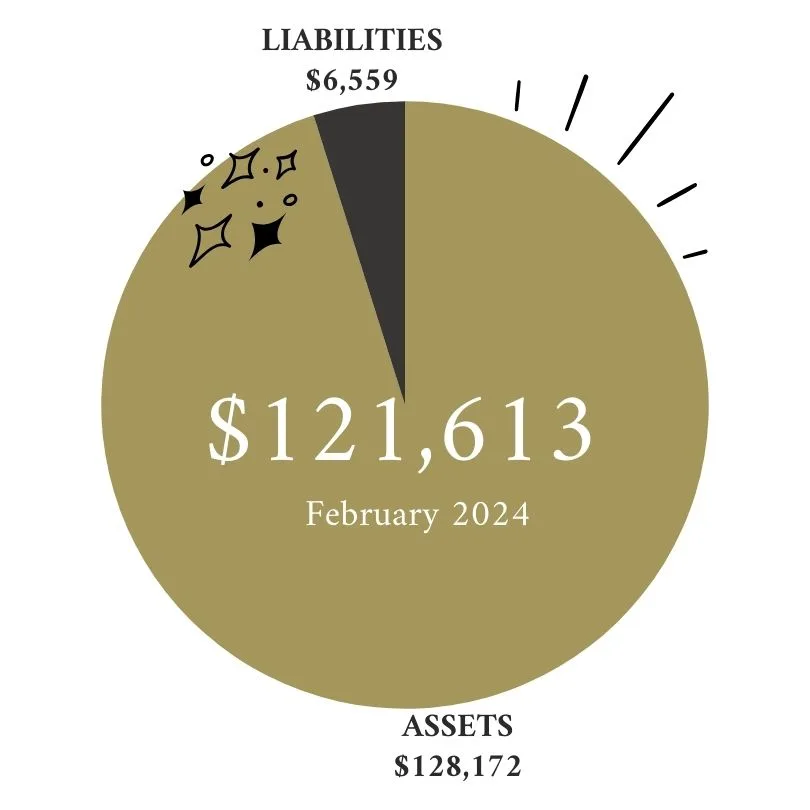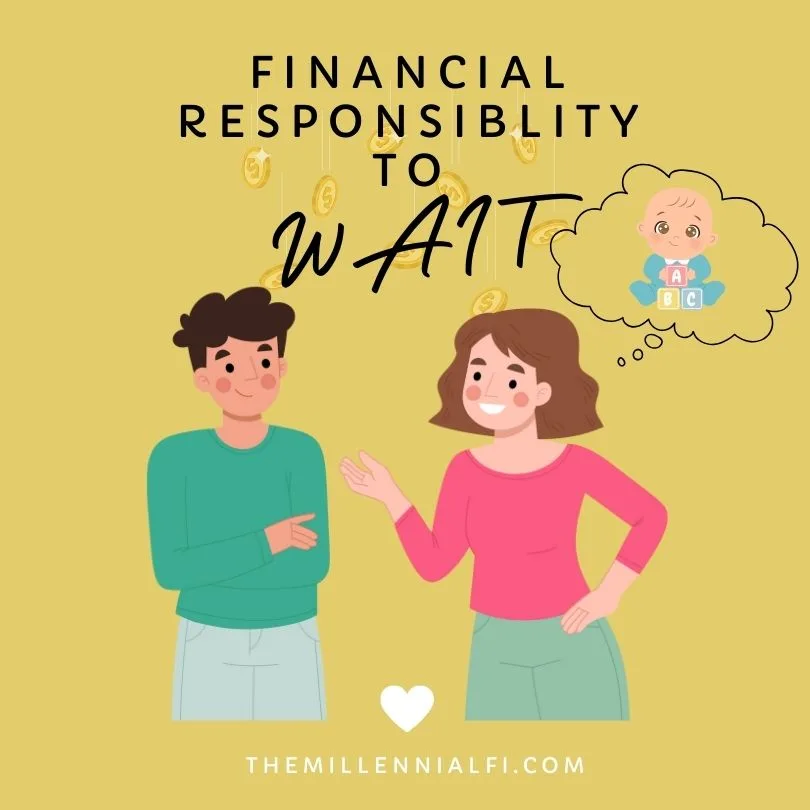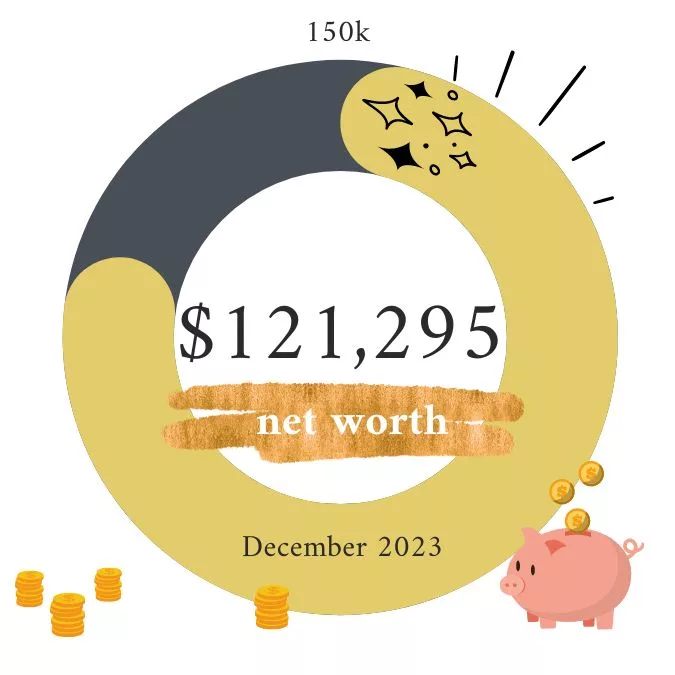In the US, all it takes is one accident to completely wipe out one’s savings. Where insurance is not what it promises to be and medical bills can range into the millions, how does one protect themselves from financial ruin? The answer is often over complicated by those unwilling to do what it takes to protect themselves and their families. But truly the solution is simple. Emergency Savings is the first basic step to financial security.
Having struggled along with less than $500 to my name with no hope in sight, I can say that absolutely no one can afford to live without an emergency savings fund. Desperate times call for desperate measures and ensuring against financial fall out is the least we can do for ourselves. At the time I couldn’t afford an emergency savings. There literally was no money left after rent and utility bills to afford a small stash of ramen to get through the month. So how did I move on from that?
During that period of my life, my only option was to take out a federal student loan for living expenses. As life happens, the majority of it ended up going to a surprise expense due to poor planning on my husband’s part. That left me with roughly $200 that I refused to touch because that $200 was the difference between freedom and being SOL.
Would I recommend going into debt to generate an emergency savings? Never.
The point is, even though I continued to starve through the next year, even though I became ill with no health insurance to the point it felt like I was drowning for months. Even though I ate so many rotten veggies, Mr. Noodle, eggs, and peas that I cannot eat those things to this day. I never touched that $200. It didn’t exist. It was never an option because human comforts are NOT emergencies.
That said, $200 is not sufficient for an emergency and should be considered the bare minimum. The scary truth? About 66% of Americans cannot afford a $400 surprise bill or emergency. Leading them into debt they might not be in the place to take out or pay back. It’s a slippery slope into default and bankruptcy when living within such tight financial means.
This is has such a large impact on our society that the government has multiple agencies providing basic financial education. Another goodie is Investor.gov, check out their article on how to save and invest.
The mental boost that comes with the knowledge we can cover an emergency, should not be overlooked. If you’re in a place where you’re struggling financially, it’s likely you already know what you’re willing sacrifice to get to a better situation. The difference between those who save and those who spend is the backbone to do what it takes to save. Sacrificing creature comforts to secure a more financially stable future is a choice.
If you don’t have an emergency savings or want to boost yours, check out our post for more money saving tips.
Basic list of things that are not needs that can be given up to create an emergency savings:
- Getting nails done
- TV
- Traveling
- Buying clothing
- Eating out
- Buying games
- Monthly subscription boxes
- Expensive cellphone bills



